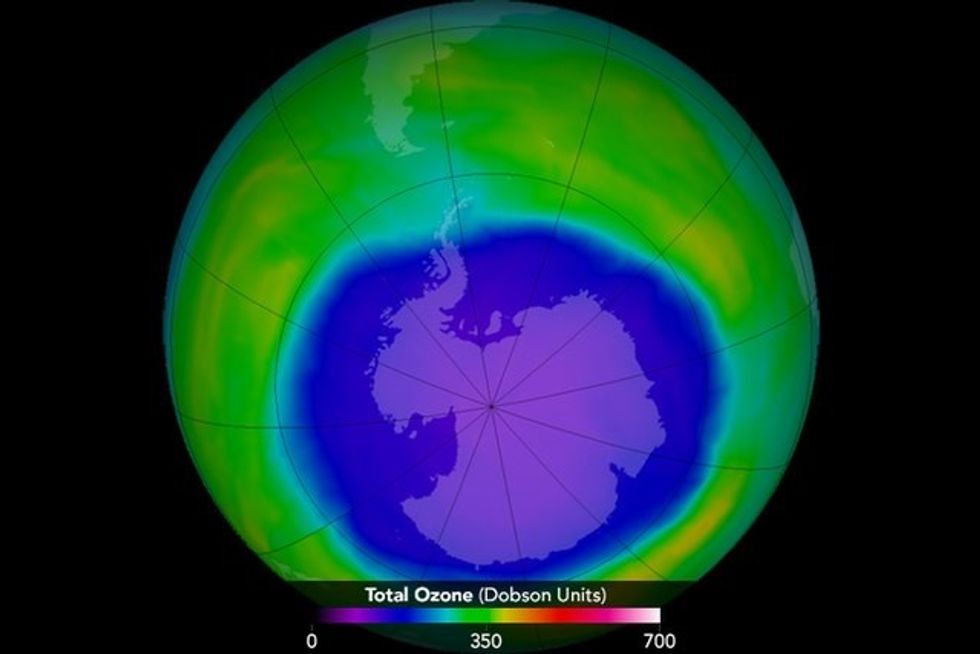Wars, famine, and natural disasters are just a few of the reasons people are forced to leave their homes and flee their countries. Around the world, millions of refugees are waiting, sometimes for a lifetime, to return home. Here is a look at who they are.View Seeking Refuge: A Glance at Refugees WorldwideDESIGNathleticsnyc.comCORRECTION: In response to your comments, we've put up a corrected version of this Transparency. What we've changed: The circles on the right are now correctly labeled. Earlier, the top and bottom circles' labels were reversed. The center circle now indicates refugees per 1,000 square kilometers rather than refugees per square kilometer. As well, we've corrected the sources. You can view the uncorrected file here.To clarify a few other questions: On the left side, the refugees are divided by area in which they currently live. For example, of all the refugees in the world living in urban areas, 20 percent live in Europe. According to the UNHCR report upon which this graphic is based, "the 4.4 million Palestinian refugees falling under the mandate of UNRWA are not included in UNHCR statistics. However, in relation to their population size, Jordan, Lebanon, the Occupied Palestinian Territories and the Syrian Arab Republic all rank among the top refugee-hosting countries or territories."We regret the error -GOOD
Seeking Refuge
Wars, famine, and natural disasters are just a few of the reasons people are forced to leave their homes and flee their countries. Around the world, millions of refugees are waiting, sometimes for a lifetime, to return home. Here is a look at who they are. View Seeking Refuge: A Glance at Refugees Worldwide DESIGN..
By Matt Owens,
Matt Owens
Jason Bishop
















 Freddie Mercury GIF by Queen
Freddie Mercury GIF by Queen File:Statue of Freddie Mercury in Montreux 2005-07-15.jpg - Wikipedia
File:Statue of Freddie Mercury in Montreux 2005-07-15.jpg - Wikipedia
 The hole in the ozone layer in 2015.Photo credit: Wikimedia Commons
The hole in the ozone layer in 2015.Photo credit: Wikimedia Commons In the 1980s, CFCs found in products like aerosol spray cans were found to cause harm to our ozone layer.Photo credit: Canva
In the 1980s, CFCs found in products like aerosol spray cans were found to cause harm to our ozone layer.Photo credit: Canva Group photo taken at the 30th Anniversary of the Montreal Protocol. From left to right: Paul Newman (NASA), Susan Solomon (MIT), Michael Kurylo (NASA), Richard Stolarski (John Hopkins University), Sophie Godin (CNRS/LATMOS), Guy Brasseur (MPI-M and NCAR), and Irina Petropavlovskikh (NOAA)Photo credit: Wikimedia Commons
Group photo taken at the 30th Anniversary of the Montreal Protocol. From left to right: Paul Newman (NASA), Susan Solomon (MIT), Michael Kurylo (NASA), Richard Stolarski (John Hopkins University), Sophie Godin (CNRS/LATMOS), Guy Brasseur (MPI-M and NCAR), and Irina Petropavlovskikh (NOAA)Photo credit: Wikimedia Commons
 Getting older means you're more comfortable being you.Photo credit: Canva
Getting older means you're more comfortable being you.Photo credit: Canva Older folks offer plenty to young professionals.Photo credit: Canva
Older folks offer plenty to young professionals.Photo credit: Canva Eff it, be happy.Photo credit: Canva
Eff it, be happy.Photo credit: Canva Got migraines? You might age out of them.Photo credit: Canva
Got migraines? You might age out of them.Photo credit: Canva Old age doesn't mean intimacy dies.Photo credit: Canva
Old age doesn't mean intimacy dies.Photo credit: Canva
 Theresa Malkiel
commons.wikimedia.org
Theresa Malkiel
commons.wikimedia.org
 Six Shirtwaist Strike women in 1909
Six Shirtwaist Strike women in 1909
 University President Eric Berton hopes to encourage additional climate research.Photo credit: LinkedIn
University President Eric Berton hopes to encourage additional climate research.Photo credit: LinkedIn
 Image by Ildar Sajdejev via GNU Free License | Know your rights.
Image by Ildar Sajdejev via GNU Free License | Know your rights.